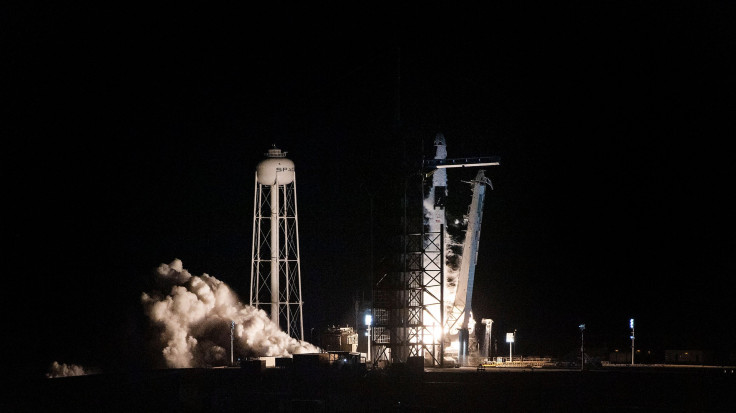Elon Musk Shows SpaceX Moon, Mars Missions Won't Use Landing Platform For Rockets

SpaceX CEO Elon Musk recently showed new renders of what a possible Moon or Mars colony would look like once the private space company sets up its base outside of Earth.
Based on an image which Musk shared via Twitter, one can see the Starhopper standing upright on an alien surface. The image was the SpaceX CEO’s response regarding a question about the future spacecraft.
Starships on Mars pic.twitter.com/AyKEO6ATiZ
— Elon Musk (@elonmusk) April 29, 2019
What’s interesting about the picture is the fact that the Starhopper stands on the ground without any landing platform. According to a report, the photo reiterates the SpaceX spacecraft’s capability to land and relaunch from Earth towards celestial destinations and back again.
The photo also shows that the SpaceX’s groundbreaking space transpo would also have no problem landing on various surfaces, a plus considering the uneven and irregular terrain of both the Moon and Mars.
SpaceX is actively working on its stainless steel rocket called the Starhopper in its Boca Chica facility in Texas. The hopper was actually designed to make a series of vertical takeoffs and landings. This option would make it possible to conduct multiple launches to space, eventually cutting down on operational cost.
The Starhopper successfully “lift off” a few inches above the ground last month during a test using the SpaceX Raptor engine. The next part of the testing would involve “test hops” in higher altitudes.
Starship will eventually replace the Falcon 9 and Falcon Heavy rockets, which the company now use for various space missions. The company is also set to use the Crew Dragon capsule in hopes of bringing human passengers to space.
However, the private space firm is experiencing problems at the moment, particularly with its Crew Dragon capsule. Although it had a successful demo launch which brought the space capsule to the International Space Station, the next round of testing wasn’t as smooth.
The Crew Dragon recently exploded during the Dragon Super Draco Static Fire Test which space engineers are now calling an “anomaly.” There is still no clear cause for the explosion although this is something that Musk himself anticipated could happen during the static fire test. The test was done to ensure that the Crew Dragon’s thrusters would work should glitches happen during space flights.
SpaceX is expected to launch its Moon mission next year followed by a Mars exploration a few years after.
© Copyright IBTimes 2024. All rights reserved.





















